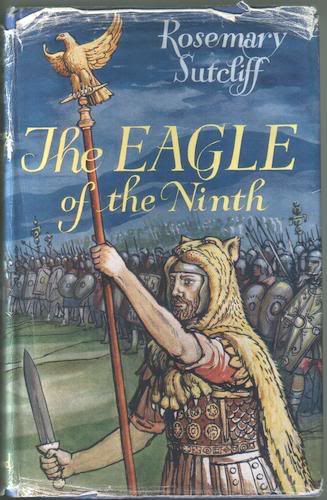

I do not want to be misunderstood as favoring the silver dollar for the Peace Coin, but if coinage of silver dollars is to be resumed in the immediate future, a new design is probable and desirable, bullion for the purpose is being provided, law for the coinage exists and limitation of the quantity is fixed-all factors that help pave the way for Peace Coin advocates. In the paper, entitled Commemorate the Peace with a Coin for Circulation, Zerbe called for the issuance of a coin to celebrate peace, stating, In August 1920, a paper by numismatist Farran Zerbe was read to that year's American Numismatic Association (ANA) convention in Chicago. Duffield suggested that a victory coin should be "issued in such quantities it will never become rare". It is uncertain who originated the idea for a US coin to commemorate the peace following World War I the genesis is usually traced to an article by Frank Duffield published in the November 1918 issue of The Numismatist. The Treasury was required by the terms of the Act to strike new silver dollars to replace the coins that were melted, and to strike them from silver purchased from American mining companies. Only 270,232,722 coins were melted for sale to the British, but this represented 47% of all Morgan dollars struck to that point.
WARLIKE EAGLE PLUS
This statute gave the United States authority to sell metal to the British government from up to 350,000,000 silver dollars at $1 per ounce of silver plus the value of the copper in the coins, and handling and transportation fees. In response, Congress passed the Pittman Act of April 23, 1918. The British turned to their war ally, the United States, asking to purchase silver to increase the supply and lower the price.

These rumors, and hoarding of silver, caused the price of silver to rise and risked damaging the British war effort. ĭuring World War I, the German government hoped to destabilize British rule over India by spreading rumors that the British were unable to redeem for silver all of the paper currency they had printed. Once it did, production of the coin ceased. Although the Sherman Act was repealed in 1893, it was not until 1904 that the government struck the last of the purchased silver into dollars. In 1890, the purchases required under the Bland–Allison Act were greatly increased under the terms of the Sherman Silver Purchase Act. Many of the pieces quickly vanished into bank vaults for use as backing for paper currency redeemable in silver coin, known as silver certificates. Morgan, and struck what became known as the Morgan dollar. The Mint used a new design by engraver George T. The Bland–Allison Act, passed by Congress on February 28, 1878, required the Treasury to purchase a minimum of $2 million in domestically mined silver per month and coin it into silver dollars. Mint produced a special 2021 issue Peace Dollar to celebrate the design’s 100th anniversary, with minting of the coins to continue from 2023 onwards.īackground and preparations Statutory history In 1965, amid much controversy, the Denver mint struck over 316,000 Peace dollars dated 1964, but these were never issued, and all are believed to have been melted. When the Pittman Act requirements were met in 1928, the mint ceased production of the coins, but more were struck during 19 as a result of further legislation. The Peace dollar was first struck on Decemjust over a million were coined bearing a 1921 date. The public believed the announced design, which included a broken sword, was illustrative of defeat, and the Mint hastily acted to remove the sword. The Peace dollar was approved by Treasury Secretary Andrew Mellon in December 1921, completing the redesign of United States coinage that had begun in 1907. Numismatists began to lobby the Mint to issue a coin that memorialized the peace following World War I although they failed to get Congress to pass a bill requiring the redesign, they were able to persuade government officials to take action. With the passage of the Pittman Act in 1918, the United States Mint was required to strike millions of silver dollars, and began to do so in 1921, using the Morgan dollar design. It was the last United States dollar coin to be struck for circulation in silver. Its obverse represents the head and neck of the Goddess of Liberty in profile, and the reverse depicts a bald eagle at rest clutching an olive branch, with the legend "Peace". Designed by Anthony de Francisci, the coin was the result of a competition to find designs emblematic of peace. The Peace dollar is a United States dollar coin minted for circulation from 1921 to 1928 and in 19, and beginning again in 2021.


 0 kommentar(er)
0 kommentar(er)
